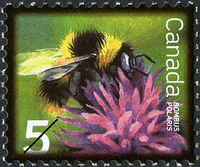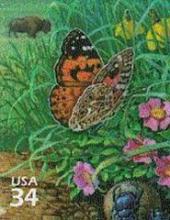Dead or alive? Two groups say the ivory-billed woodpecker is extinct
The ivory-billed woodpecker was once found across the swampy forests of the south-eastern states. Now, sightings of the bird are hotly debated. One team, lead by Nicholas Gotelli at the University of Vermont, studied the historical decline in specimens taken by museums and private collectors. They also looked at areas where bird life has been exhaustively sampled. Dr Gotelli reckons the odds of finding the ivory-billed woodpecker alive are less than 1 in 15,625. Another group, led by Andrew Solow of Woods Hole Oceanographic Institution, used a different statistical approach, but also concluded that the bird is likely to be extinct. John Fitzpatrick, director of the Cornell Laboratory of Ornithology and one of the leading figures in the search for the woodpecker, agrees there is a high probability that the bird is gone. But he says that, faced with the evidence of sightings, he felt compelled to search for the bird. He cautions that other birds have been assumed to be extinct, only to be rediscovered later.









